Melting Permafrost Is Causing River Degradation and More
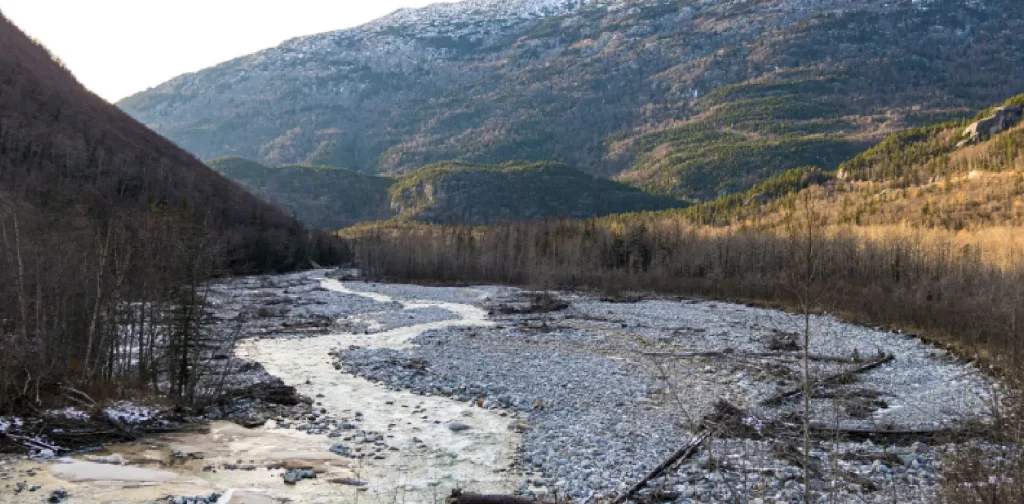
Photo by Angela Malagón on Unsplash
Throughout history, rivers have been an essential resource, providing water and food for both humans and animals. They are also home to the rich biodiversity of aquatic life and other creatures living along their banks. However, climate change brings forth threats to rivers. In the Arctic, melting permafrost is causing river degradation and more.
Permafrost and Global Warming
Permafrost is soil with sediments that has stayed frozen for hundreds of thousands of years and mostly found in the Northern Hemisphere. It forms when water in the soil turns to ice and traps organic materials and gasses.
The northern permafrost region soils contain approximately 1,460-1,600 billion metric tons of organic carbon. That’s roughly double the amount of carbon currently present in the atmosphere. As the Arctic warms and permafrost melts, this climate-sensitive carbon reservoir becomes vulnerable.
The Arctic has been warming four times faster than the rest of the world, which causes permafrost to melt rapidly. The melting of permafrost has significant environmental consequences, with one major impact being the release of carbon from previously frozen organic matter. When organic matter is exposed to warmer temperatures, it decomposes. In the process, it releases carbon dioxide and methane, which are strong greenhouse gasses that accelerate global warming.
Melting Permafrost and River Degradation
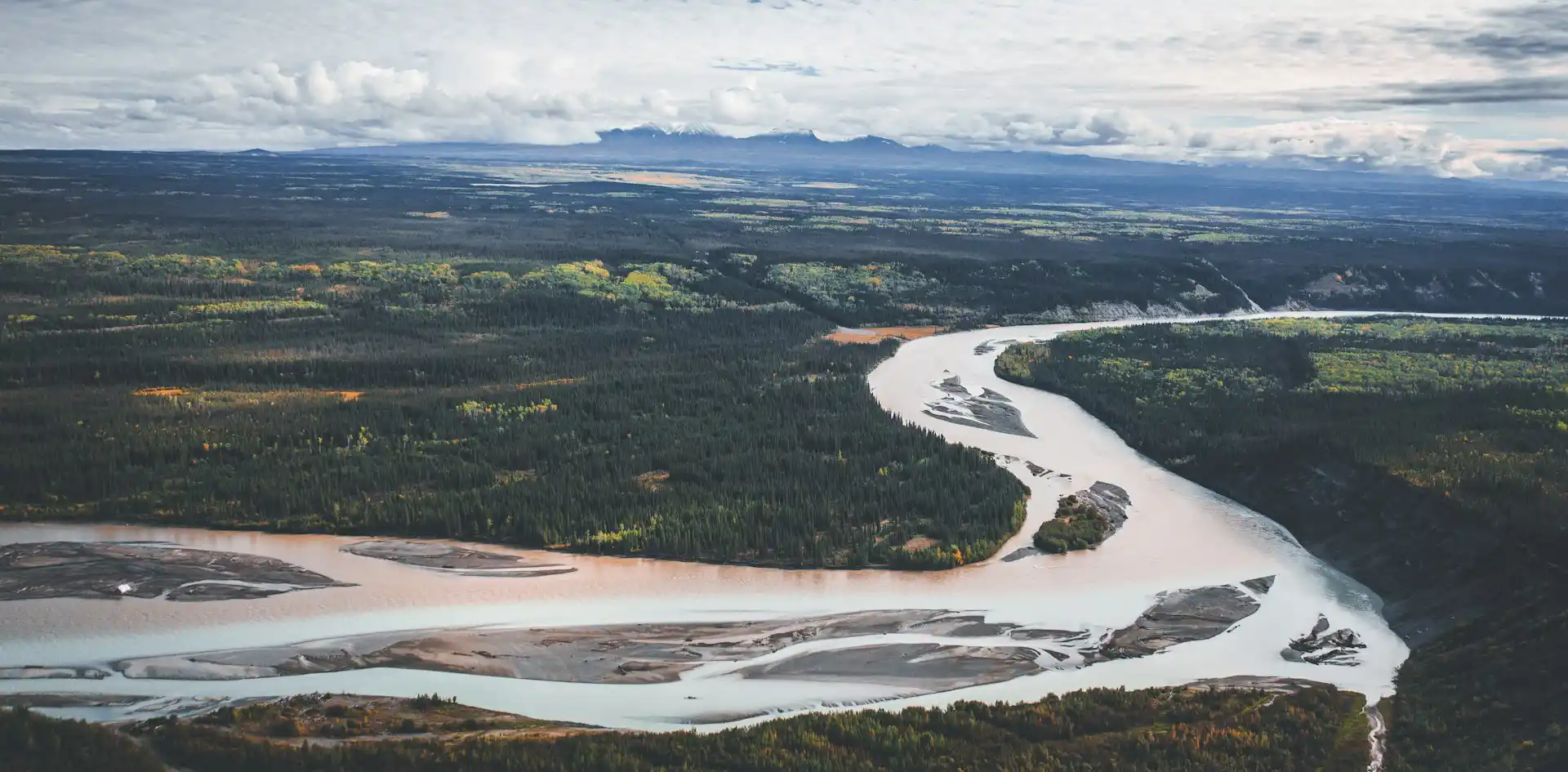
Furthermore, melting permafrost increases water flow through the soil. Consequently, chemicals and metals stored within the soil are picked up by the water, altering the quality of river water and potentially impacting ecosystems and water supply.
In Alaska, researchers have observed through satellite images the presence of rust-colored rivers. This phenomenon was first noted in 2018 and attributed to the melting of permafrost. As of May 2024, researchers have pinpointed 75 rivers and streams that have changed colors to orange. Some have been so deeply stained that their new rusty appearance is noticeable even in images captured from space.
As permafrost melts, it releases acid and metals like nickel, copper, and iron into the water and air. These metals, particularly iron, undergo a rusting process when exposed to water and oxygen, making rivers take on a muddy orange-brown color.
The presence of sulfuric acid and metals can turn freshwater as acidic as vinegar. This state of water can cause death to plants, animals, and humans when consumed or repeatedly come in contact leading to the death of plants and animals. The rivers, now more acidic and laden with metals, pose a fatal threat to wildlife and local communities.
Call for Measures
Dr. Jon O’Donnell, a leading ecologist in the Alaskan river research, stated that these occurrences could potentially spread. He explained, “As the climate warms, we anticipate permafrost thawing to persist, meaning wherever these minerals exist, there’s a chance streams could turn orange and degrade.”
Beyond river degradation, melting permafrost also leads to floods, water crises, and the release of previously frozen greenhouse gasses and potentially dangerous pathogens. These cascading effects pose a serious threat to the survival and wellbeing of humans, biodiversity, and the Earth itself.
With this urgency, limiting the rise of global temperature to 1.5°C remains a priority as each minuscule increase may result in damages like Arctic’s melting permafrost causes. While decarbonizing is key, preventive measures to contain the melting of permafrost and preserve the rivers must be sought as well. It is also important to have systems in place to protect local communities and wildlife living in and around the river ecosystems. Finally, ongoing research and policy interventions are vital to effectively manage this escalating issue for the wellbeing of permafrost, rivers, and all that depend on them.

If you find this content useful, please consider subscribing to Green Network Asia.
Your subscription will give you access to our interdisciplinary and cross-sectoral insights on sustainability-related issues and sustainable development across the Asia Pacific and beyond, strengthening your personal and professional development while supporting GNA’s financial capacity to continue publishing content dedicated to public education and multi-stakeholder advocacy.
Select Your Subscription Plan


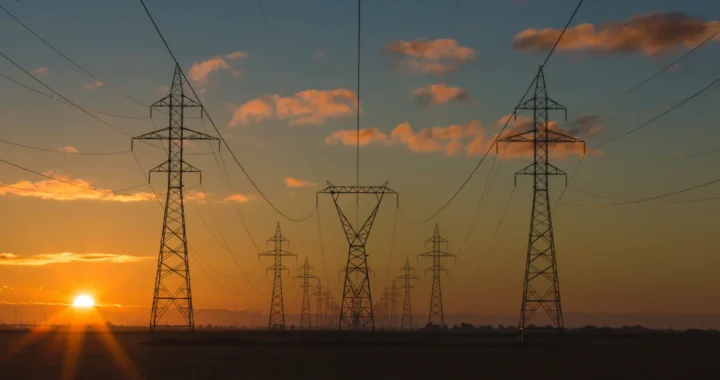 Developing Financing Initiatives for the ASEAN Power Grid
Developing Financing Initiatives for the ASEAN Power Grid 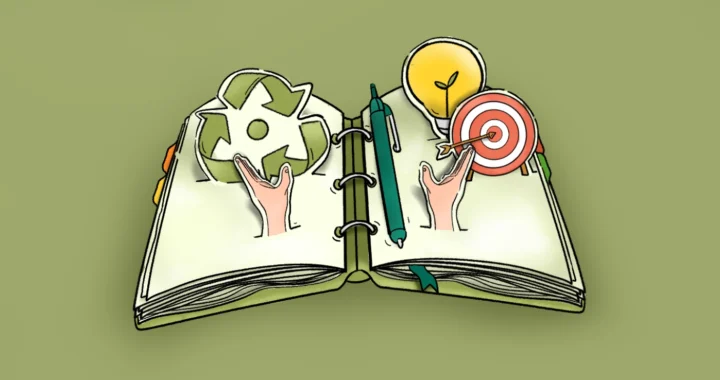 Imparting Actionable Knowledge Through Sustainability Training Activities
Imparting Actionable Knowledge Through Sustainability Training Activities 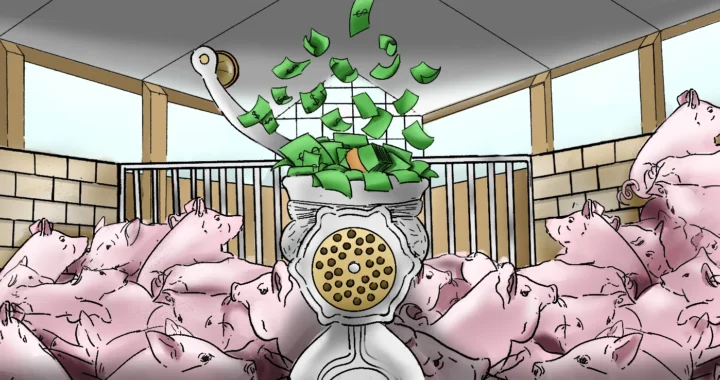 Stop Funding Factory Farming in Vietnam: Pathway to Financing a Just and Sustainable Food System
Stop Funding Factory Farming in Vietnam: Pathway to Financing a Just and Sustainable Food System 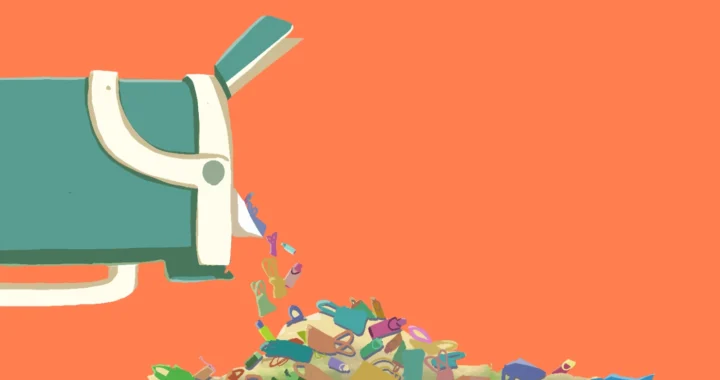 When Green Turns Excessive: The Overproduction and Overconsumption of Reusables
When Green Turns Excessive: The Overproduction and Overconsumption of Reusables 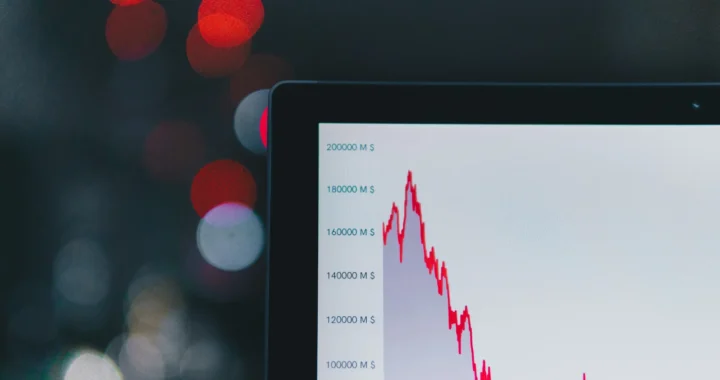 SDG Venture Scaler Aims to Drive Sustainable Investment in Southeast Asia
SDG Venture Scaler Aims to Drive Sustainable Investment in Southeast Asia 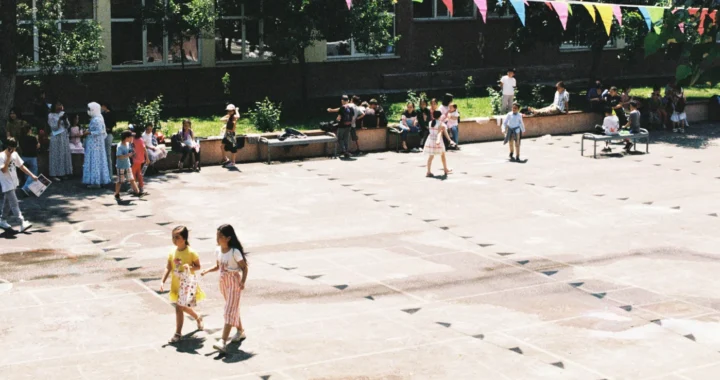 Improving Primary Education in Central Asia
Improving Primary Education in Central Asia